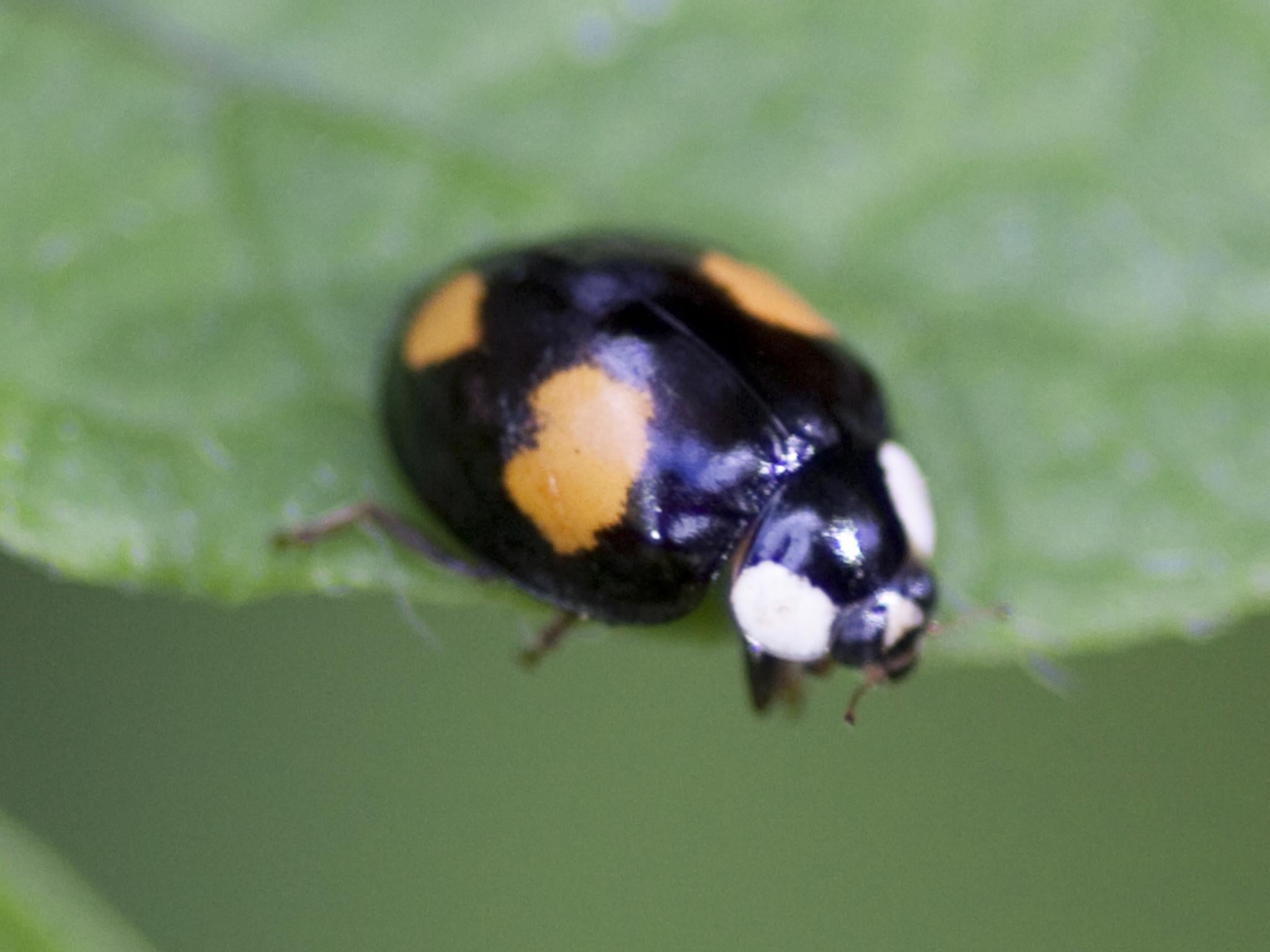Swarms of Ladybirds with STIs have invaded the UK
Harlequin Ladybirds carry a fungus which is dangerous for native species

Your support helps us to tell the story
From reproductive rights to climate change to Big Tech, The Independent is on the ground when the story is developing. Whether it's investigating the financials of Elon Musk's pro-Trump PAC or producing our latest documentary, 'The A Word', which shines a light on the American women fighting for reproductive rights, we know how important it is to parse out the facts from the messaging.
At such a critical moment in US history, we need reporters on the ground. Your donation allows us to keep sending journalists to speak to both sides of the story.
The Independent is trusted by Americans across the entire political spectrum. And unlike many other quality news outlets, we choose not to lock Americans out of our reporting and analysis with paywalls. We believe quality journalism should be available to everyone, paid for by those who can afford it.
Your support makes all the difference.Swarms of ladybirds infected with dangerous STIs have been spotted in the UK.
The ladybirds, known as Harlequin Ladybirds, are originally from Asia and were first spotted in the UK in 2004, but this year homeowners have reported scores of the insects hibernating in their homes.
The bug carries a type of fungus called Laboulbeniales which is transferred during mating.
Although not harmful to humans, it sucks nutrients from its host making them slow and more vulnerable to predators such as certain types of birds and spiders.
The UK Ladybird Survey said they don’t know the extent of the damage the fungus causes but it could also affect the number of eggs a female can produce in her lifetime.
They typically do not look different to other types of the creature though some are black with red spots.
They tend to cluster around boilers, window frames and smoke detectors.
Aaron Greenwood, from Benchill in Manchester, noticed the ladybirds swarming around a light but has decided to let them stay.
He said: “I noticed all the articles on social media regarding the ladybird invasion. I was with a close friend in my flat having lunch and we both noticed a small insect flying around the room.
“My friend made a comment that it was a fly I could tell it was a ladybird as am a nature fanatic. This ladybird flew near my light on my living room roof.”
Join our commenting forum
Join thought-provoking conversations, follow other Independent readers and see their replies
Comments